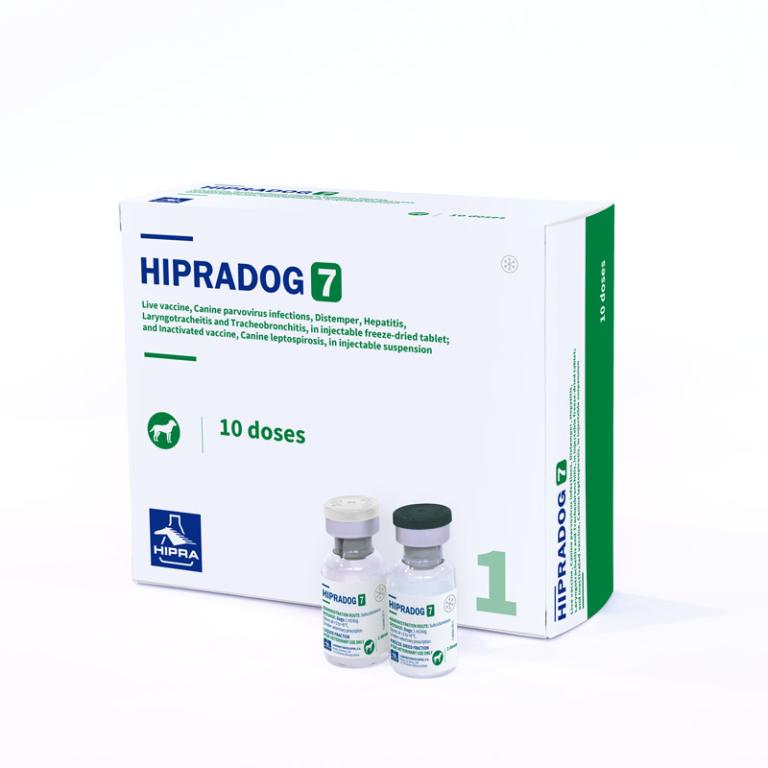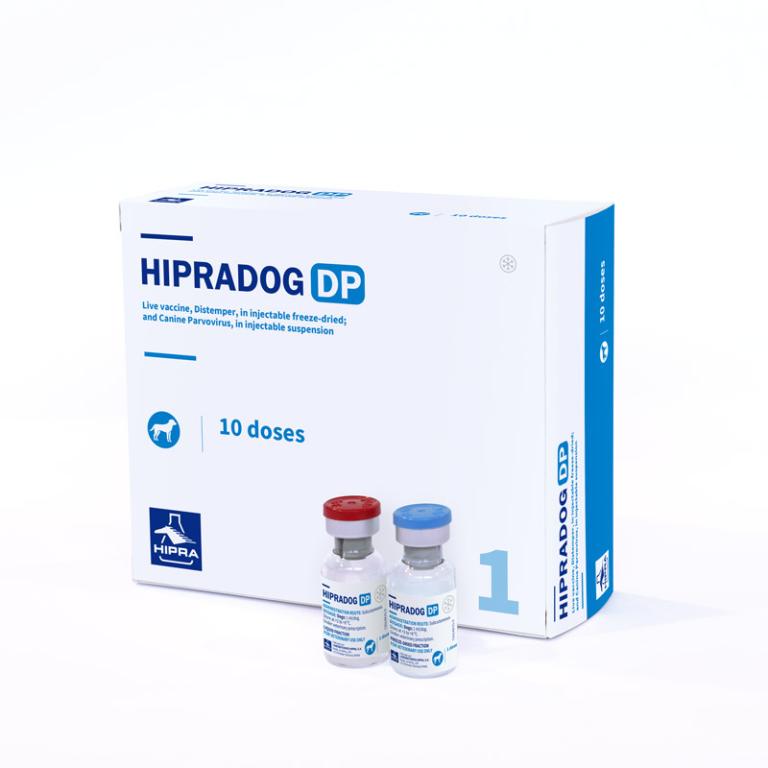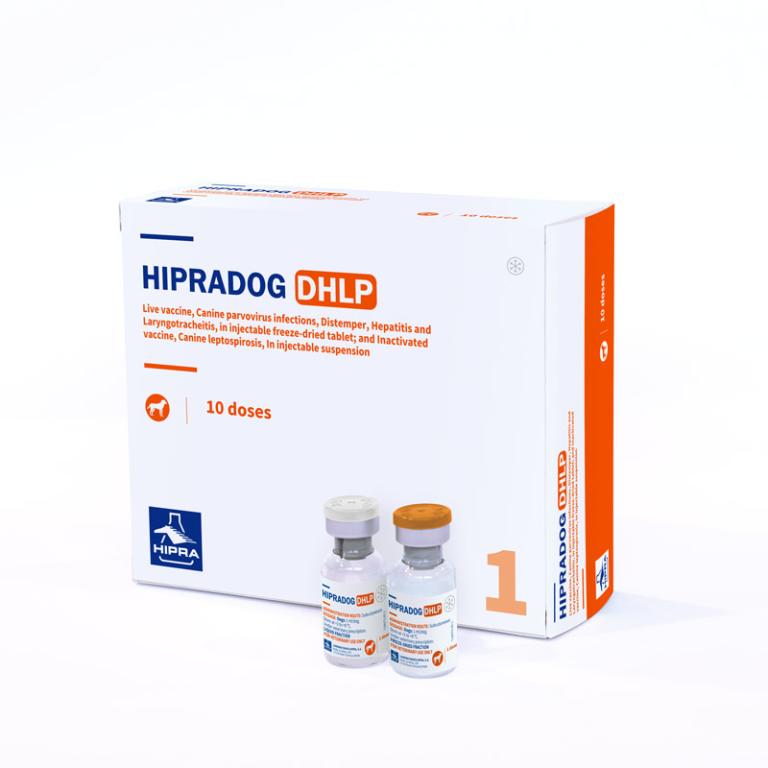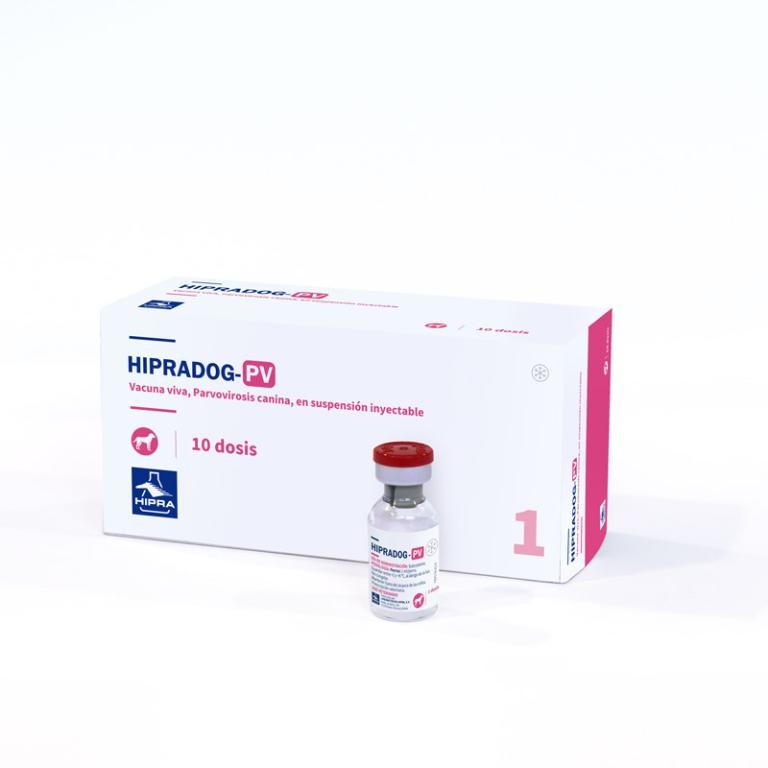Canine distemper
Carré’s disease
AETIOLOGY:
Virus in the Paramyxoviridae family (enveloped RNA). It survives in cold climates but is not very resistant to heat and desiccation. It can be destroyed with detergents, lipid solvents, ether, chloroform and quaternary ammonium disinfectants.
EPIDEMIOLOGY:
Highly contagious and often fatal infectious disease that affects dogs and other carnivores, with high morbidity and worldwide distribution. Animals between 3 to 6 months old are the most affected.
TRANSMISSION:
Infected animals can shed the virus through all bodily secretions and excretions (up to 90 days post infection). The virus infects the animal through airborne exposure.
MEDICAL SIGNS:
Highly variable, depending on the tissues or organs affected.
-
General: depression, leukopenia (decreased white blood cells), anorexia and fever.
-
Mild respiratory symptoms that usually worsen rapidly.
-
Cutaneous signs: hyperkeratosis (thickening of the skin) of the nose and paw pads and loss of tooth enamel.
-
Digestive signs: decreased consistency and colour of stools.
-
Nervous signs: convulsions, ataxia (difficulty in coordinating movements), paresis (muscle paralysis), myoclonus (involuntary jerking or muscle contraction).
DIAGNOSIS:
In order to establish a diagnosis, the history, age, medical signs and vaccination status of the animal must be taken into account. Specific laboratory tests can be used to detect the presence of the virus.
TREATMENT, PREVENTION AND CONTROL:
Treatment of the disease is aimed at limiting secondary bacterial infections, aiding the balance of fluids in the body, maintaining the general welfare of the dog and controlling nervous system manifestations. None of the known treatments is specific or succeeds every time. Many animals will not survive the disease and many are left with neurological sequelae.
















